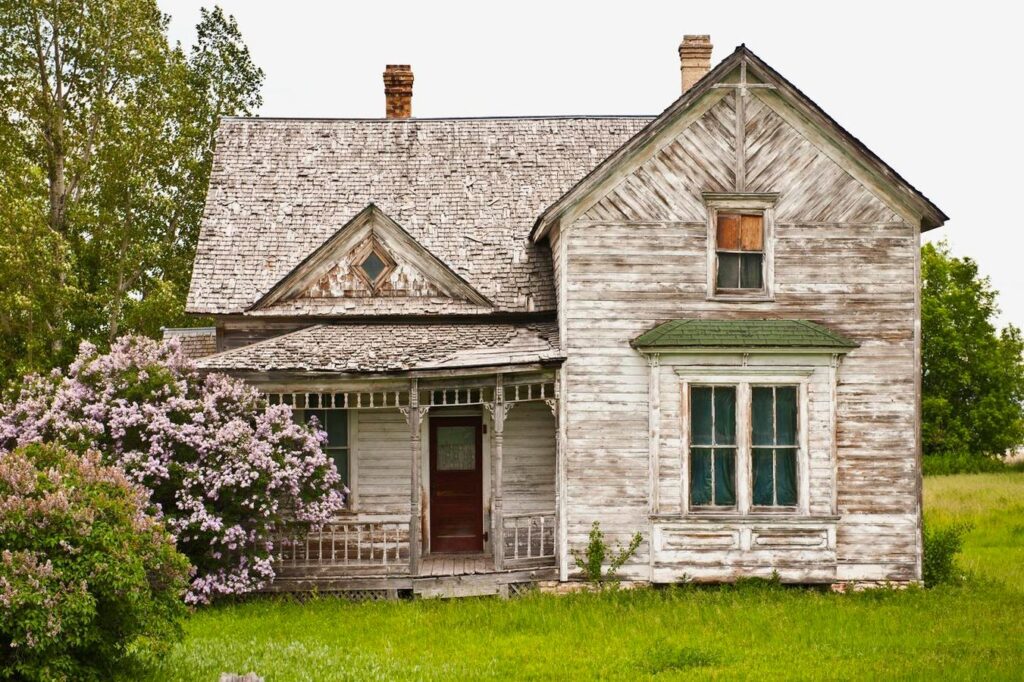In a surprising twist, Toledo, Ohio, has emerged as one of the nation’s hottest housing markets.
This unexpected surge highlights a broader trend: as home prices soar in traditional markets, buyers are increasingly turning to overlooked cities and fixer-uppers in search of affordability. However, what seems like a bargain can quickly become a financial quagmire, as hidden renovation costs, supply chain disruptions, and new tariffs on construction materials inflate budgets beyond expectations.
Renovations for Fixer-Uppers Can Be More Expensive Than You Think
Buying a fixer-upper has always required budgeting for repairs. Today, however, even a modest renovation project can run tens of thousands of dollars over initial estimates.
According to Angi’s 2024 State of Home Spending, 93% of homeowners are planning renovation projects in 2025. This means that competition for contractors and materials is likely to stay elevated — putting further upward pressure on renovation budgets for fixer-upper buyers.
Moreover, recently imposed tariffs on imported building materials, particularly from China and Canada, are driving prices even higher. According to the National Association of Home Builders (NAHB), recent tariffs on imported materials such as lumber, steel, and appliances are projected to increase the cost of building a single-family home in the U.S. by $7,500 to $10,000. These cost increases are typically passed along to homebuyers, potentially impacting demand in an already challenging housing market.
For instance, in Houston, builders are facing potential cost increases of $8,300 to $12,500 for constructing a typical 2,000-square-foot home due to these tariffs. Similarly, in Oregon, the 14.5% tariff on Canadian lumber has contributed to a 30% rise in material costs since 2021.
These escalating costs are prompting builders and renovators to adjust their strategies, including raising prices and stockpiling materials, to mitigate the impact of the tariffs.For many first-time buyers already stretching to afford their mortgage, these unplanned expenses can quickly become overwhelming.
Permit Problems and Insurance Headaches for Fixer-Upper Buyers
Beyond the physical renovations, fixer-upper buyers often encounter regulatory roadblocks. Older homes may require extensive updates to comply with modern building codes, ranging from electrical system upgrades to new plumbing or roofing. Each update often demands multiple city permits and inspections.
Permits can add thousands of dollars to a project and extend timelines by months. In some cities, the permitting backlog is so severe that homeowners face six- to nine-month waits before work can even begin.
Insurance is another hidden cost. Properties with outdated systems or non-standard construction materials, such as old wiring or lead pipes, can be significantly more expensive to insure, if coverage is available at all.
Technology Is Helping Resolve the Fixer-Upper Dilemma
A wave of new proptech startups is trying to make fixer-uppers less daunting. Platforms like Inspectify and Realm use AI and data analytics to predict renovation costs, estimate value increases, and help homeowners plan phased upgrades.
Some services allow buyers to get instant renovation cost estimates based on listing photos or public records, offering a more realistic sense of the investment required.
However, even the best tools have limitations. Hidden issues like foundation damage, mold, or outdated sewer lines often remain undetected until after the purchase, turning initial projections upside down.
Fintech Solutions for Fixer-Upper Financing
Fintech integration can streamline home financing, offering homeowners access to real-time lending solutions that are tailored to renovation budgets. By utilizing dynamic financial modeling, homeowners can access better financing options that adjust as renovation plans evolve, allowing for more flexibility and minimizing risk.
LendInvest offers digital mortgage solutions, simplifying the home financing process by using technology to provide fast and flexible mortgage products. Their platform can be used for renovation projects, enabling borrowers to secure financing that aligns with their specific needs. As the home renovation landscape evolves, LendInvest’s ability to offer customized financing options helps mitigate the financial challenges that often accompany fixer-upper projects.
Roofr, another player in the space, provides comprehensive roofing services and uses advanced technology to streamline renovation estimates and project management. Through integration with fintech, Roofr could enhance its offerings by providing homeowners with financing solutions that help manage the cost of renovations in real-time, all while ensuring that spending stays within budget and on schedule.
Financeit, a leader in point-of-sale financing, specializes in making home improvement projects more accessible by offering flexible loan options at the point of purchase. By partnering with proptech platforms, Financeit can help homeowners secure financing for their renovations directly through the platform, making the process faster and more transparent.
Moreover, proptech platforms that integrate fintech solutions can offer budget tracking, enabling homeowners to see how renovation spending is progressing relative to their original estimates. By combining predictive renovation tools with flexible, real-time financial support, these platforms can help fill the gaps left by traditional renovation cost estimators, creating a more seamless, transparent experience for those tackling fixer-uppers.
Should You Still Buy a Fixer-Upper?
Fixer-uppers can still offer compelling opportunities, especially in markets where inventory is tight and turnkey homes come at a steep premium. Buyers who are prepared, well-capitalized, and realistic about the costs and timeline can still come out ahead.
However, the landscape has changed. The romantic idea of the “cheap fixer” is increasingly a myth.
If you are considering a fixer-upper, ask yourself:
- Do I have a contingency budget of at least 20% to 30% over initial estimates?
- Can I handle a longer timeline before moving in?
- Have I thoroughly priced out insurance, permits, and interim housing costs?
- Am I using the best available technology to vet the property, while still budgeting for the unexpected
The dream of the “cheap fixer” is creeping into nightmare territory. However, with the right preparation, a Toledo-style opportunity might still be within reach.
Read the full article here

